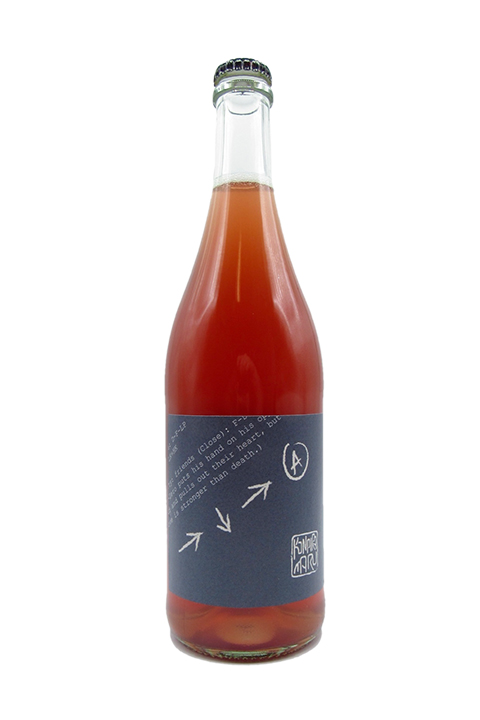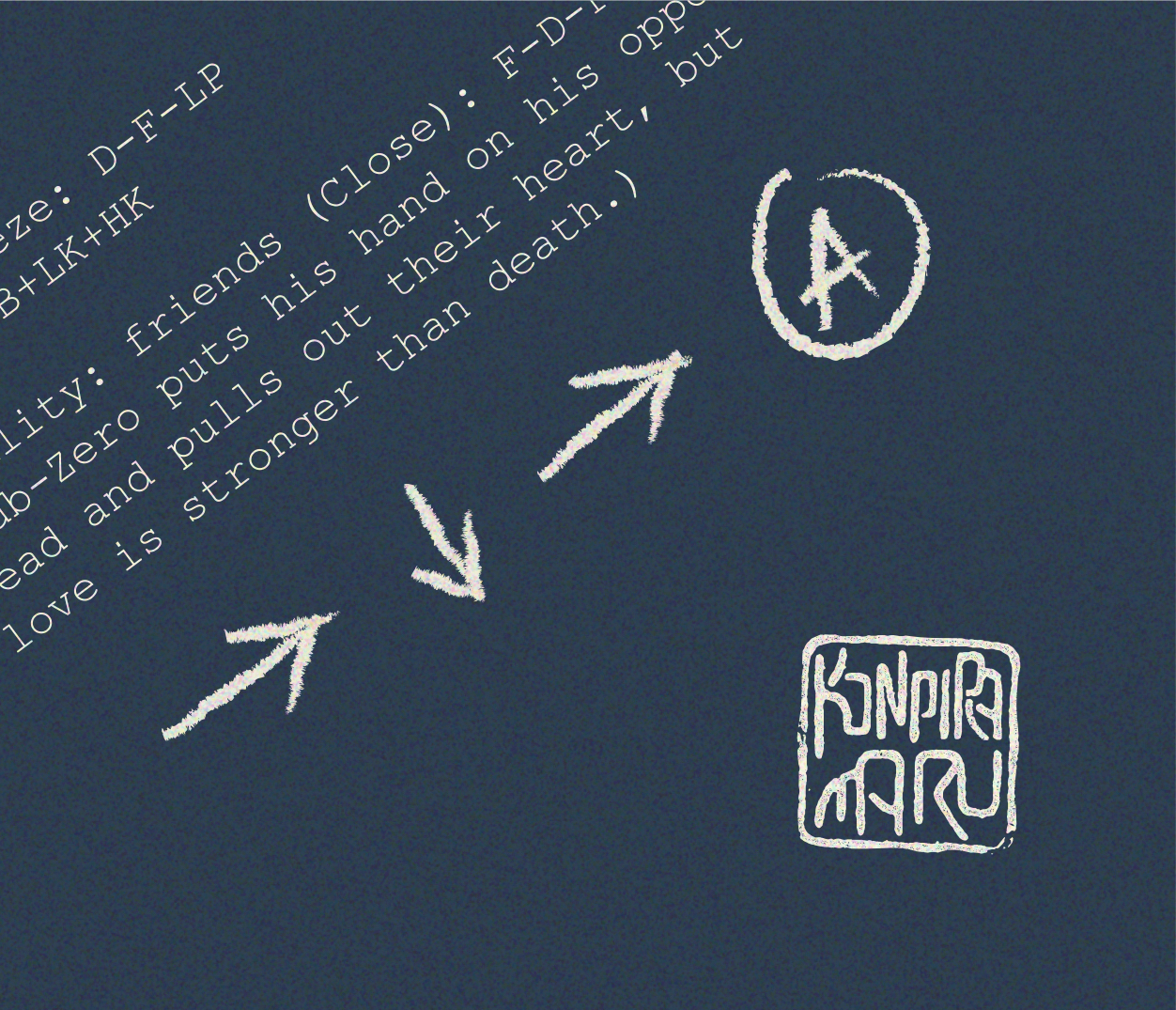Think about all the crimes perpetuated by the French. Got some stale bread? No problem, call it brioche. Sick of having to waste that sweet, sweet cow-face meat? No worries, call it tête de veau and serve it with such supercilious surliness that every critic drinks the Coolade, ehr Orangina. Alistair says it best…”Pissy, effete Rosé. Describe your Rosé’s colour as salmon, I say no thanks. You say peacock eye, aah no no. Copper quince, no merci mon ami. Give me red, give me body, give me bloody flavour. Hurts to say it, but the Spanish get it.” So to spare you the rest of the rant, let’s just say the MK Rosé is a juicy, vivacious, rosé with great tension and weight and is a product of the ultra-challenging 2020 vintage and shines beautifully. So chill a bottle or two down, invite a friend over (or a person you want to be a friend – a person who thinks you’re a friend but you’re just bored – frankly, anyone will do) and slurp down the bottle with whatever you want to eat or not eat!
The grapes primarily come from the Eminence Vineyard in Whitlands (40% Pinot Noir, 35% Pinot Meunier, 15% Chardonnay) with the remaining 10% being Pinot Noir from the Quarry Ridge Vineyard in Kilmore. The fruit was all hand-harvested and trekked back to the winery where it underwent a variety of winemaking touches given the smoky challenges of the 2020 vintage. The Eminence Vineyard fruit was co-whole-bunch pressed immediately with just 50% extraction, meaning just the purest free run juice without getting into the denser stuff…basically white wine here. It was then combined with yeast hulls to bind the remaining smoke and allowing the acidity beauty of the site to shine. The juice was native yeast fermented in 70% stainless-steel and the balance in new Hungarian demi-muid over the course of seven weeks and left to rest with three rackings over the course of the next seven months. The Quarry Ridge Pinot Noir was 90% destemmed and lightly crushed and the remaining 10% was whole-bunch fermented at the bottom of the fermenter. It was wild fermented for a total of 19 days on skins with daily hand plunging followed by a very long and slow press direction to old French barriques where it aged for 6 months and also saw plenty of oxygen with two rackings over that time. The wines were blended together in early October and came together in tank for six weeks prior to being bottled without fining or filtration and just a small addition of sulfur.



